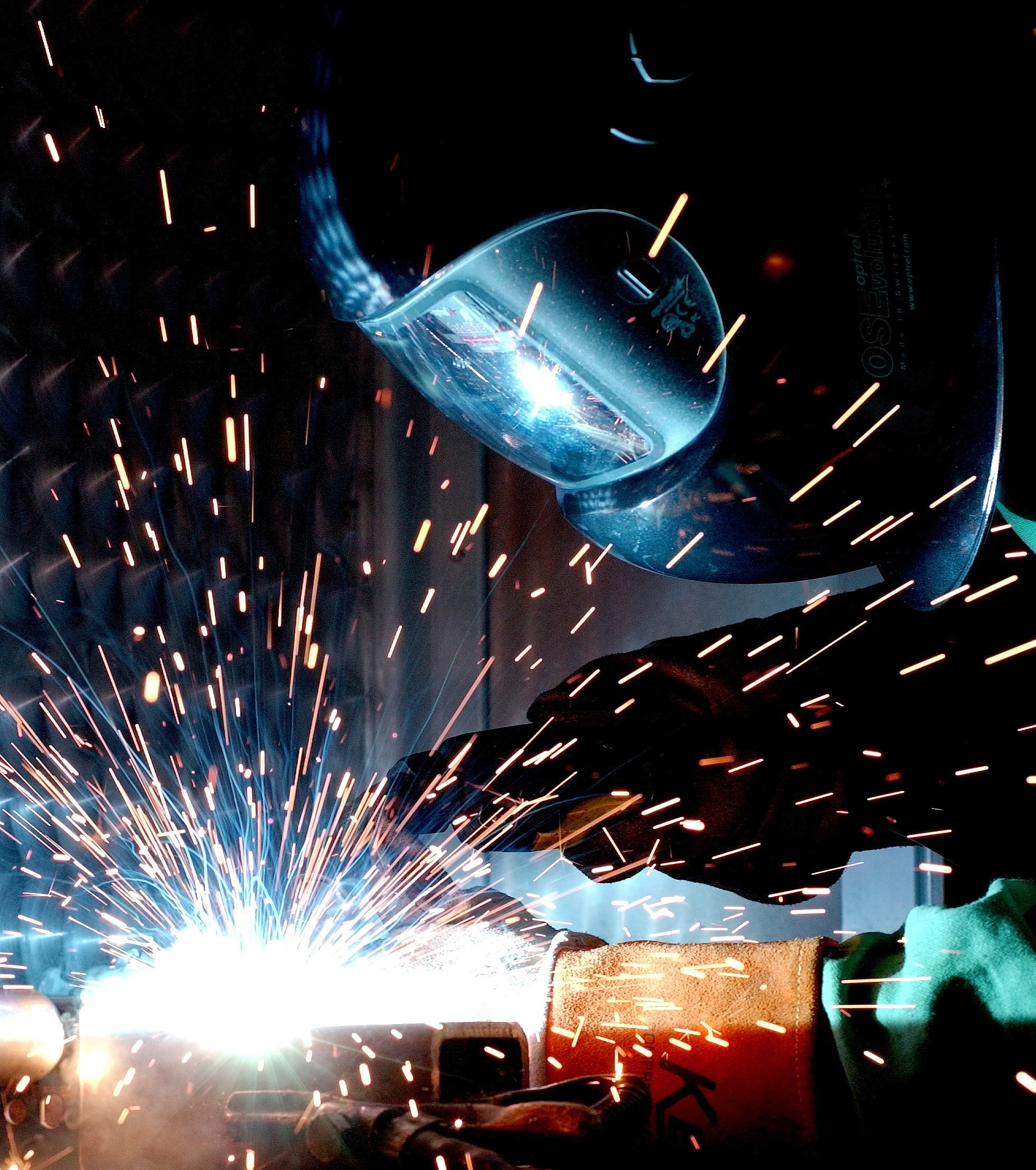Why factories and manufacturing must be at the forefront of energy efficiency
With COP26 – the United Nations climate change conference – officially underway, eyes all around the globe are focussed on world leaders. We’re all waiting with bated breath to see what plans will be made to halt the climate crisis.
So far, the news looks tentatively positive. But the decisions made over COP26 aren’t just going to impact political leaders. They’ll affect the day-to-day lives of citizens and, more notably, corporations and businesses. Particularly those that operate out of factories, and industries like manufacturing.
But this isn’t a bad thing.
If we want to save our planet, it’s an incredibly positive thing.
Major changes within factories and manufacturing are essential in tackling the climate crisis. And specifically, these corporations are critical in energy efficiency – something that’s going to be pivotal in taking climate action.
Why manufacturers must take action
As climate change discussions continue, industries that are particularly culpable for large-scale emissions will be at the forefront of conversation.
That includes the manufacturing industry. In the US, manufacturing accounts for 23% of greenhouse gas emissions. Meanwhile, in Europe, the manufacturing sector accounts for an annual total of 880 million tons of carbon dioxide or equivalents – making it one of the largest single emitters of greenhouse gases in Europe.
Greenhouse gas emissions in industry are sourced both from the burning of fossil fuels for energy, as well as the chemical reactions required to manufacture items from raw materials.
Worldwide, we’re reliant on the materials produced by the manufacturing industry – and the chances of ever being able to resume a civilisation that isn’t are becoming increasingly slim. Manufacturing influences all of the infrastructure of our daily modern lives.
But if we want that – or any – civilization to continue in the future, manufacturing needs to make some major changes.
Energy and COP26
One of the most notable agreements of COP26 so far has involved coal. At the time of writing, 40 countries have committed to shifting away from coal, which is the single biggest contributor to climate change (the burning of coal is responsible for 46% of global carbon dioxide emissions.)
That includes some countries who are majorly coal-dependent, including Poland, Vietnam, and Chile, although others, like China, Australia and the US, have not signed up.
This agreement will phase out coal power in decades to come, while also ceasing the investment in new coal power generation. And while some countries, including major coal consumers, haven’t agreed to phase out coal altogether, many of them, including the US, have agreed to end overseas investment of coal.
While some major players like China and Australia have not signed either agreement, the pledges that have been undertaken by countries across the world indicates that the world is, slowly but surely, moving away from coal and towards clean energy sources.
Where does energy efficiency come into this?
Parts of the world may be moving away from coal, but many climate activists remain concerned that this is not enough.
After all, some global powers haven’t made any form of commitment to phasing coal out. And coal isn’t the only fossil fuel we need to worry about: little has been said about crude oil or natural gas.
In any case, a shift away from burning coal is going to take time. No new investment doesn’t account for the vast amount of money that has previously been invested into coal plants, or in any way signal an immediate end to their use.
So where does that leave manufacturers and factories?
Well, they have a choice.
Clean energy might be growing in popularity and accessibility, but it has a way to go. And the planet doesn’t necessarily have the time to wait. Companies around the world have the opportunity to do the right thing, even before eventual legislation makes it a necessity.
And that’s investing in energy efficiency.
Energy efficiency, in our opinion, is one of the most valuable tools we have in the fight against the climate crisis. Energy efficiency affords us with the choice to consume and create less – while properly making use of the resources we already have available.
As some of the biggest emitters of GHGs out there, manufacturers and factories have a responsibility and a role to play in continued climate action. They can make the right choices, and play their part in reducing emissions without having to wait for green energy, by investing in better, energy efficient equipment and practices.
Every person has a responsibility when it comes to the climate, it’s true. But not everyone’s actions have the same level of consequences. Individual action means less if the richest and most powerful players don’t take action; and those players aren’t just people, they’re corporations.
If energy efficiency is to be an effective weapon against the climate crisis, factories and manufacturers must be at its forefront.
Visit the Suresense Technologies Ltd website for more information on Why factories and manufacturing must be at the forefront of energy efficiency





